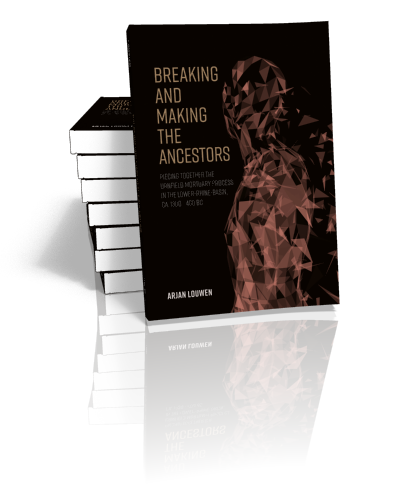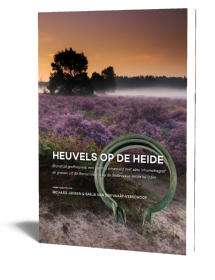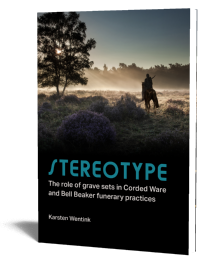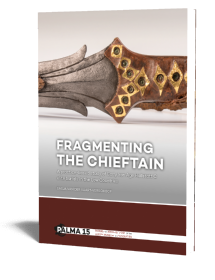Abstract:
Towards the capstone of the European Bronze Age, in an area stretching from the Carpathians in the East to the North Sea in the West, vast cremation grave cemeteries occur that are perhaps better known as ‘urnfields.’ Today some 700 of these burial sites have come to light in the Netherlands alone.
In this corner of Europe, also known as the ‘Lower-Rhine-Basin,’ these cemeteries are often characterised by vast collections of small burial mounds under which the cremated remains of decedents were buried in small shaft-like pits. In many a case the cremated remains had been put in urns first, providing these cemeteries with their very name.
Though rich in numbers, urnfield graves are often described as ‘poor’ and ‘simple’ as only in rare occasions decedents were provided with grave gifts. However, when close attention is paid to the actions involved in the creation of these seemingly simple graves, they in fact reveal a richness in funerary practices that in their turn hint at a complex and intricate mortuary process.
This book delves into the wealth of funerary practices reflected in more than 3,000 urnfield graves excavated throughout the Netherlands in order to reconstruct the mortuary process associated with the urnfields in this particular part of Europe. Together these graves tell interesting stories about how the dead related to each other, how plain and simple objects could be used as metaphors in the creation of relational and ancestral identities and how the dead were inextricably linked to the land.
Contents
1 Introduction: Bits and pieces
2 The whole is more than the sum of its parts
3 Dissecting the urnfield funeral
4 The body and the urnfield mortuary process
5 Objects and the urnfield mortuary process
6 Assembling the ancestors
7 The related dead
8 Ancestral landscapes
9 Breaking and making the ancestors
Appendix I: Inventory of sites
Appendix II: Radiocarbon dates


Dr.
Arjan Louwen
Arjan Louwen (1986) studied ‘Prehistory of Northwest Europe’ at Leiden University. Already as a student he developed a keen interest in funerary archaeology and took part in several key-excavations of prehistoric barrows and urnfields. After graduation in 2010, Arjan has worked alternatingly in commercial archaeology (Archol bv. Leiden) and for Leiden University as a field archaeologist. Since 2012 he has worked full-time at Leiden University, first as a teacher and field director, later as PhD-student. His PhD-research revolved around the funerary practices associated with the urnfields in the Lower-Rhine-Basin. Arjan is currently still working at Leiden University as a teacher and trains students in their first field skills.
read more












